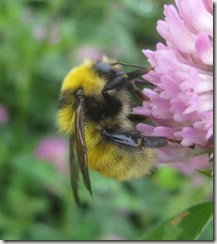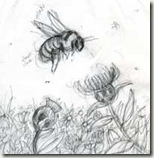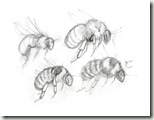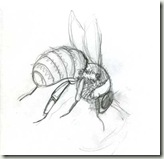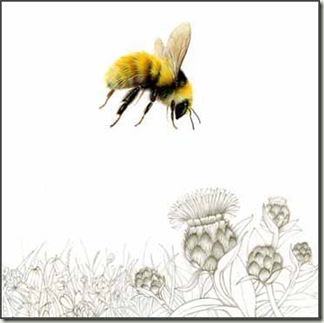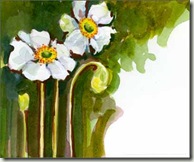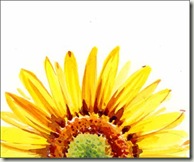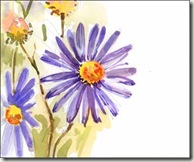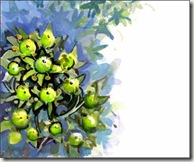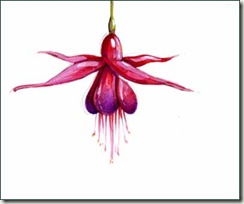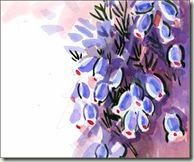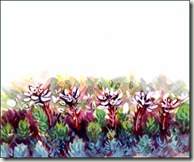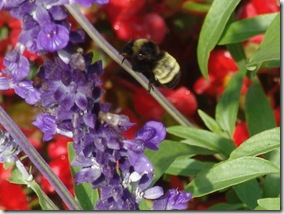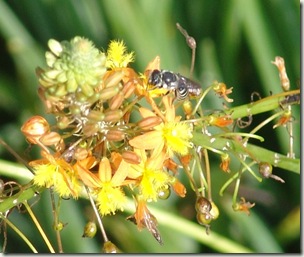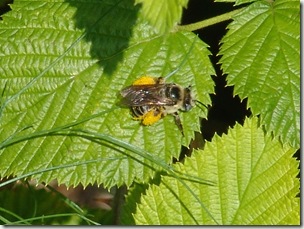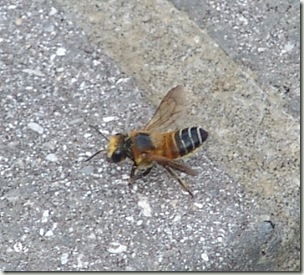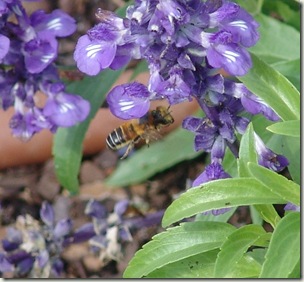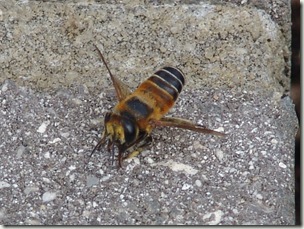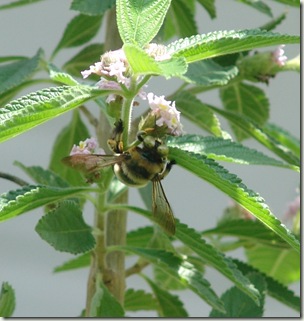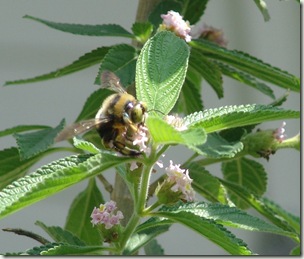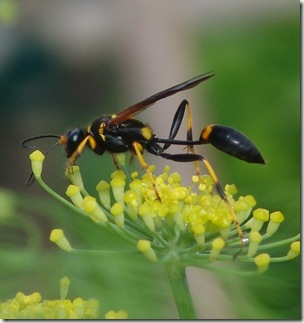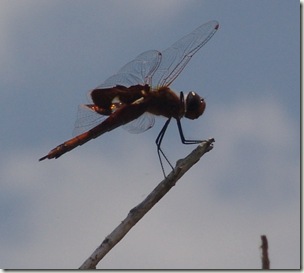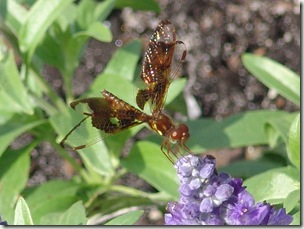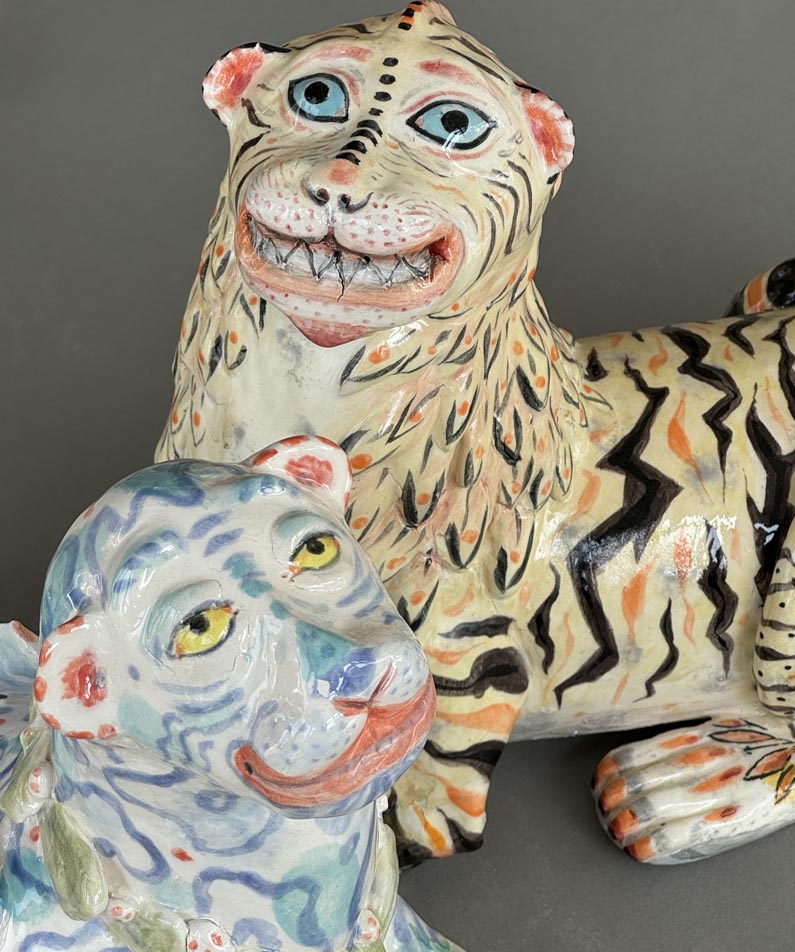I am busy with some commissioned work at the moment but for a break I have been going down to the Gardens for a bit of R&R and of course a bit of bee spotting.
If I was excited about the little leafcutter bee last week, I am even more excited about seeing the very beautiful black Melissodes bimaculata. They are not so difficult to see but are fast, impatient bees and difficult to photograph.
If one out of ten of my photos actually has a bee in it, I count myself lucky .. to have one with a non blurry bee is even more amazing. These bees belong to the wonderful longhorned bees, the Eucerini tribe (Apidae), whose males have the exuberant long antennae.
These particular Melissodes bimaculata are a beautiful inky black with robust hairy legs.
Their back legs have bushy ivory/tan coloured hairs, a feature which reminded me very much of the striking female Anthophora plumipes. Are they related I wonder? At the tip of the abdomen are two white spots, the “bi-maculata” of its name.
They have a very distinctive shape, almost fly-like in a way. I have seen them mostly on the squash flowers where you can be taken by surprise as they are right down at the base of the flower.
Stick your nose in at your peril, there is often an odd assortment of insects down there! This is the very characteristic fly-like look of the bimaculata.
They have big broad heads..almost triangular from the front.
They love this native Firebush plant Hamelia patens.
This is my one, lucky shot…you can see the white spot on the tip of the abdomen, one of the bi-maculata spots and the pale leg hairs.
Here the bee has its head right down the trumpet of the flower and is holding onto the sides with its feet. Its rather like trying on a hat.
This nectar rich plant is a banqueting table for many other insects, bugs and butterflies and as I approached this patch the other day there was a thrummm of hummingbird wings past my ear. I have only seen one other this year.
Below is the male bimaculata with his extra long antennae heading off to the White Cordia whose crinkled flowers are similar to squash flowers I thought.
“Melissodes”… from the Greek “Melissa” meaning “honey bee”.
So who was Melissa? The original Melissa had many guises it seems. She is sometimes priestess, sometimes nymph. The handmaidens who served the great earth goddess Artemis were called Melissae.
In one story Melissa is a nymph who lived in the “ bee haunted cave” on Ithaca. She it was who first discovered the delights of honey and mead and it is this lovely Melissa who named the bees. In another she is the daughter of Melisseus King of Crete.
She is one of nurses for the baby Zeus and feeds him on goat’s milk and honey. “Melissaios”, the Bee man, is another name for Zeus The Melissae have some lovely associations with souls and spirits and the muses, honeyed words, sweetly whispered.
Unborn souls, said to arrive as bees, were called Melissa and Persephone also luxuriated in the name Melitodes …meaning the honey sweet one.
This is the tiny sketch I did last year of the ancient Bee Goddess plaque at the British Museum from 7th century Rhodes.
Another “Melissa” but a plant this time is the beautiful Lemon Balm Mellissa officinalis much loved by bees and an ancient healing herb.
The “sweet” mint used for alleviating pain and soothing practically anything.. another definite addition to my imaginary garden.
Image by Richard Peterson at Shutterstock
So, I am delighted to have seen the Melissodes bimaculata. I rather like to think of them as strange little black muses, as purveyors of inspiration and ideas. I will be back down to the Gardens very soon.

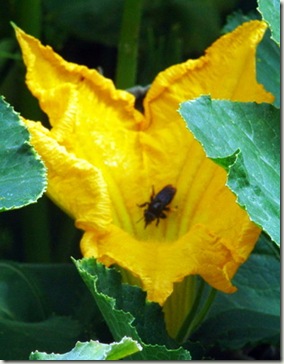
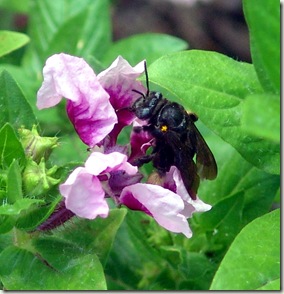
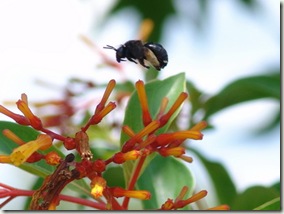
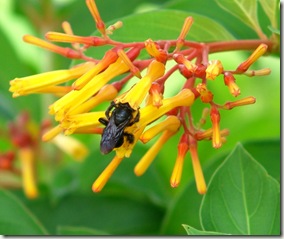
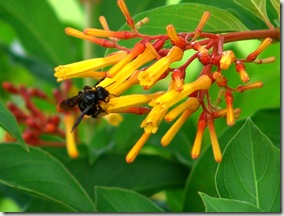
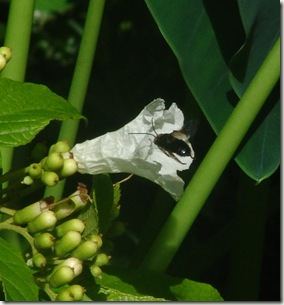
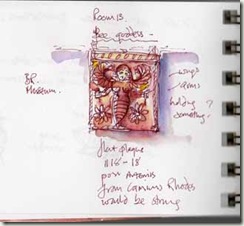
![shutterstock_53013556[1] shutterstock_53013556[1]](http://lh5.ggpht.com/_j1cdMMQnYns/TFyZIfmXq8I/AAAAAAAAJAc/gtGvMnrxS4Y/shutterstock_53013556%5B1%5D_thumb%5B1%5D.jpg?imgmax=800)
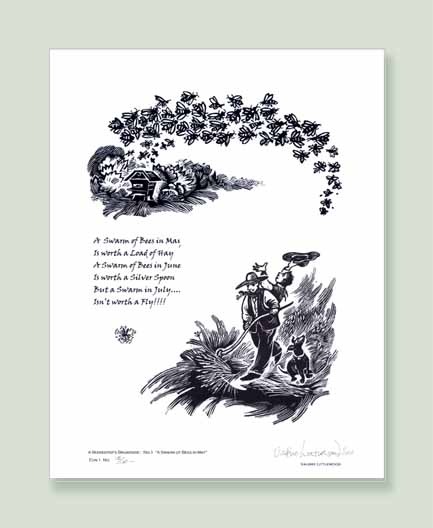




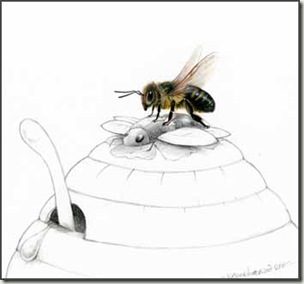

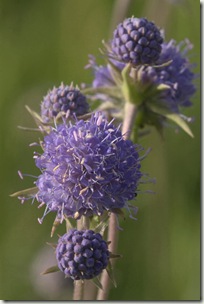
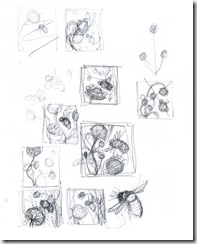

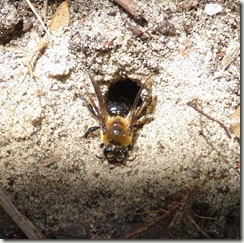

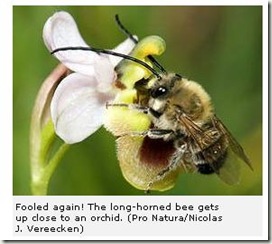

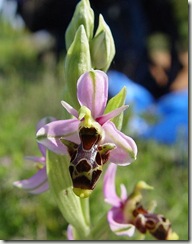


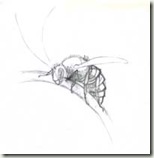
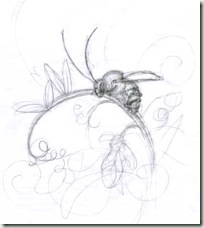
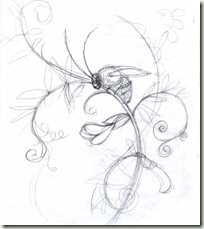
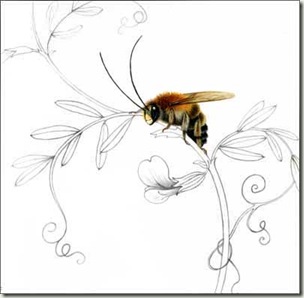
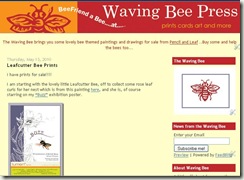
![leafcutter print sml[3] leafcutter print sml[3]](http://lh5.ggpht.com/_j1cdMMQnYns/S-xSKVTXzqI/AAAAAAAAI3E/rCAsmBqC9oU/leafcutter%20print%20sml%5B3%5D_thumb%5B2%5D.jpg?imgmax=800)
